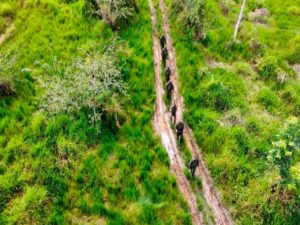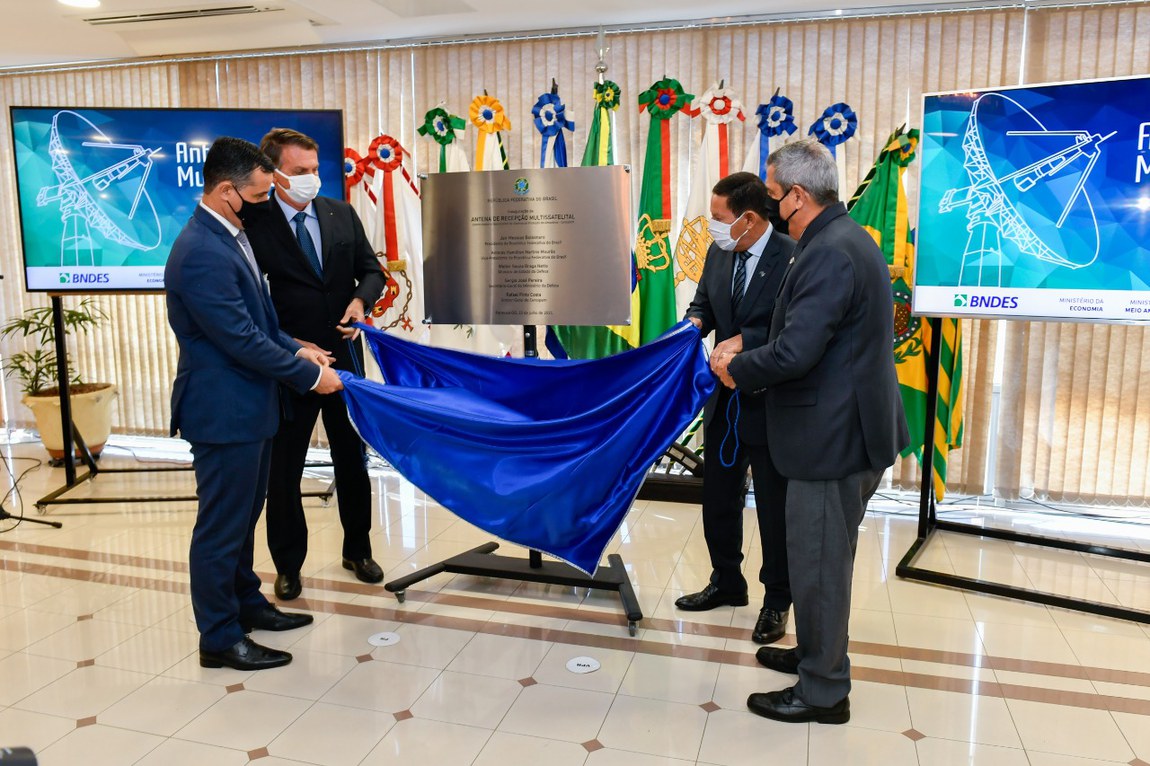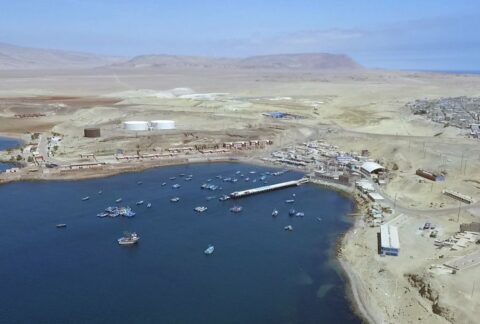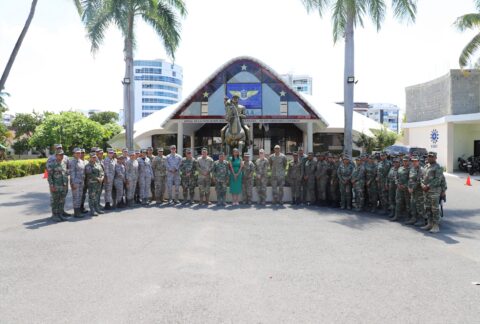On July 22, 2021, the Brazilian Ministry of Defense launched a multi-satellite antenna to help combat deforestation and other environmental crimes in Brazil. With a diameter of 11.3 meters, the new antenna is capable of capturing images from satellites operated by Brazilians and other countries with which Brazil has acquisition contracts.

he antenna can receive data from all Earth observation, optical, and radar satellites across the country, including much of the maritime area. Before the launch of the new satellite, the country relied on the transfer of images from foreign suppliers, which could take days and even weeks to be sent. The material had to be downloaded and processed, then passed on to the National Institute of Space Research (INPE, in Portuguese), which is responsible for monitoring the Amazon and sharing deforestation data. The new antenna accesses the data in minutes.
The Amazon Protection System’s Operations and Management Center (Censipam, in Portuguese), an agency created by the government to facilitate and expedite the control of illegal environmental activities, will operate the equipment. The images captured will be used to anticipate and intervene in wildfire outbreaks, even during the period of high cloud density in the Amazon, complementing INPE’s Real-Time Deforestation Detection System. The new equipment can also be used for weather data.
According to Brazilian Minister of Defense Walter Souza Braga Netto, the new antenna will allow for complete monitoring results to be obtained throughout the national territory, especially in the fire prone Amazon and savanna regions.

“Today we celebrate the achievement of yet another tool of the Brazilian State to expand surveillance of the territory, particularly increasing environmental monitoring of our country,” said Minister Braga Netto during the launch of the new antenna. “This tool receives data from national satellites operated by the Brazilian Air Force and the National Institute of Space Research, with access to images generated in real time,” he added.
A second antenna will be placed about 40 kilometers from Manaus, Amazonas, guaranteeing the surveillance of the entire territory.









